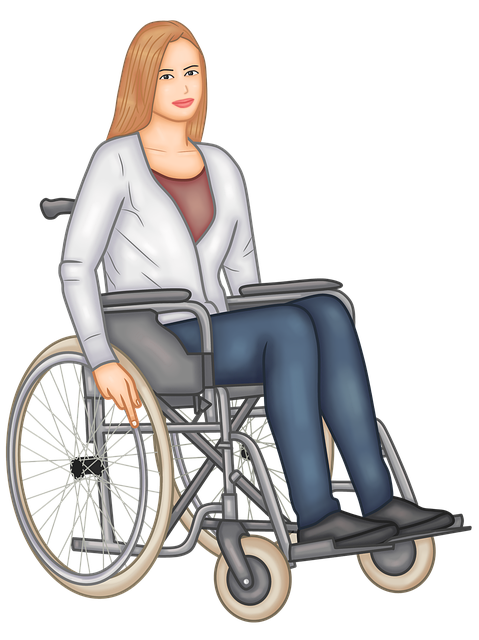Carers

are aged 30 plus, with the peak age range for care givers being 45-64 when they are in the prime of their careers.

average person of caring for someone by the age of 50, with half of women caring by the age of 46 compared to the age of 57 for men.

took on caring duties in 2020. Family provided care was estimated to contribute £530m/day to the economy during the 2020 pandemic.

to the economy each year due to unpaid carers, while carers allowance is the lowest benefit. This saving is close to the cost of a second NHS.

give up work to care for loved ones and more than 2 million people each year reduce their working hours to give care.

to UK businesses from staff turnover, absence and stress from juggling work and caring unsupported leading to a loss of skills and knowledge.
People with Disabilities

population is disabled – 8.4m people aged 16-64 years old.

to be unemployed as non-disabled people. More than 4.4m disabled people are in work.

on average per month if you’re disabled. 24% of families with disabled children have extra costs of more than £1000 per month.

in 2020 down from 54.1% in 2019. The employment rate for non disabled people was 81.1% in 2020.

The ONS figures for July-November 2020 were 21.1 per thousand disabled employees were made redundant compared to 13 per thousand for non disabled.

In April 2018 to March 2019 34% of disabled people were working part-time compared to 23% of people who are not disabled.











